Rakkojae Seoul Bukchon Hanok Hotel [Korea Qaulity] / 락고재 서울 북촌 한옥호텔 [한국관광 품질인증/Korea Quality]
8.2Km 2021-10-27
49-23, Gyedong-gil, Jongno-gu, Seoul
The main building in Seoul is a traditional Korean cultural space renovated by Jeong Yeong-jin, a human cultural asset, from a hanok with a history of 130 years. Traditional flags, fences, pavilions, chimneys, and jangdokdae are holding the blue sky with pine trees, creating a harmonious Korean-style house. Passing through the elegant tall gate, as you see the jangdokdae, a small but clean hanok will be revealed, and the pine trees and bamboo trees added to the natural beauty, while the loving Gomusin placed on the stone brings back beautiful memories.
Rakkojae is a place where the customs of the aristocrats in the past are melted in various places, creating a wonderful atmosphere by carefully reviving the pavilion, ponds, and daecheongmaru. Especially, Daecheongmaru adds the beauty of the margins of hanok to give you a sense of refreshment. As the old scholars did, sitting on the pavilion makes the time flow slow and the wind that passes over the Sotdae feels special.
In addition, you can experience the beauty of Korean tradition with various programs such as tea ceremony, jjimjilbang, royal robes, and kimchi-making along with traditional Korean food. Rakkojae's accommodation, reminiscent of a nobleman's house in the Joseon Dynasty, is well-kept and comfortable that it is comparable to a luxury hotel, and the natural jade-covered ondol rooms and firewood jjimjilbangs made of cheongito provide a healthy journey for many guests.
Goobok Mandu (구복만두)
8.2Km 2017-01-25
10, Duteopbawi-ro, Yongsan-gu, Seoul
+82-2-797-8656
Operated by Korean husband and Chinese wife, it offers traditional authentic Chinese dumplings in a small place. Its signature menu, dumpling, passed down to the owner by her grandmother, features different tasty and texture comparing with Korean-style dumpling.
Templo Jogyesa en Seúl (조계사(서울))
8.2Km 2024-05-17
Ujeongguk-ro 55, Jongno-gu, Seúl
El templo Jogyesa es el núcleo del budismo zen en Corea, en él se encuentran la oficina principal de administración del budismo coreano y la sala en donde se realiza la asamblea general, entre otras instalaciones. Fue construido hacia finales del siglo XIV (época de Goryeo) en el interior del actual parque Susong, pero fue destruido (en un período indeterminado) debido a un incendio, y fue reconstruido en el año 1910. A lo largo de su historia ha tomado varios nombres, hasta que recibió la denominación de Jogyesa en el año 1954. El nombre deriva del monte Jogyesan, el cual fue el lugar en donde meditó el monje Hyeneungdaesa. Fue uno de los monjes más respetados, por lo cual sus enseñanzas y su vida han sido objeto de estudio a lo largo de la historia. En el altar del templo Jogyesa, al ser el lugar más sagrado y honrado del budismo en Corea, se llevan a cabo eventos, ceremonias y ritos durante todo el año. El edificio próximo al altar principal es la oficina general de administración del budismo coreano, es decir, es un organismo que ejerce las actividades de control y ejecución, por lo que también se efectúan gran cantidad de eventos budistas. Dentro del edificio se establecen las salas de exposiciones y la imprenta, que edita e imprime semanarios budistas. En el patio principal del templo se sitúa la pagoda de piedra de 7 pisos, construida en el año 1930. En especial, dentro de la pagoda se encuentran enterradas las cenizas de Buda, que fueron traídas en el año 1914 por un monje esrilanqués. Hacia la izquierda se encuentra instalado el campanario, que posee un gran tambor, una campana e instrumentos tradicionales de madera que se utilizan en el templo. Al otro lado del campanario está el primer centro cultural académico, construido en el año 1991, en donde se realizan seminarios, actuaciones, ceremonias de boda, conciertos musicales y exposiciones, entre otros eventos culturales.
Gwanghwamun Deungsim (광화문등심)
8.2Km 2021-07-20
34, Jong-ro, 5-gil, Jongno-gu, Seoul
+82-2-722-2020
A restaurant that’s popular among workers for group dinners, it sells grilled meat. This Korean dishes restaurant is located in Jongno-gu, Seoul. The representative menu is grilled boneless ribs.
Baengnyeonok (백년옥)
8.2Km 2017-02-07
2407, Nambusunhwan-ro, Seocho-gu, Seoul
+82-2-523-2860
Baengnyeonok has been famous for tofu since 1992.
Festival de Arte Callejero de Seúl (서울거리예술축제)
8.2Km 2024-08-29
Taepyeong-ro 1-ga 54-2, Jung-gu, Seúl.
02-758-2036
El Festival de Arte Callejero de Seúl se realiza en las principales plazas y espacios culturales que conectan las grandes calles y avenidas de Seúl. Diferentes manifestaciones artísticas callejeras encuentran un lugar de expresión en este festival. Desde el año 2003 se celebraba bajo el nombre de Festival Hi Seoul, pero en 2016 cambió por su actual denominación.
KPOP HOTEL SEOUL STATAION BRANCH
8.2Km 2021-04-09
16-17, Huam-ro 60-gil, Jung-gu, Seoul
+82-10-8774-5231
K-Pop Hotel is only a 2-minute walk from Exit 10 of Seoul Station on Subway Lines 1 & 4. It’s conveniently located near a number of tourist destinations, since it’s a mere 10-minute walk from Sungnyemun Gate and only a 15-minute walk from Namsan Park. Gyeongbokgung Palace is only a 10-minute ride away, with Insa-dong located a mere 12 minutes away from the hotel. The 24-hour front desk provides express check-in and check-out services as well as a safe deposit box. Featuring Standard Double Rooms, Twin Rooms, and Family Rooms, the hotel is a great place to stay for business travelers and tourists traveling with friend or family. All the rooms are furnished with air conditioner, cable/satellite TV channels, flat screen TV, free Wi-Fi connection, and hair dryer. There is a rooftop terrace and a cafe where breakfast is served. The cafe is also furnished with kitchen, desktop computer, and washing machine, which can be shared among the guests. If you want to park your car more conveniently and quickly, notify the front desk of your arrival in advance.
Festival de los Faroles de Seúl (서울 빛초롱 축제)
8.2Km 2024-11-12
Seorin-dong, Jongno-gu, Seúl
02-3788-8168
Es un festival internacional de faroles realizado desde el año 2009 en pleno centro de Seúl. Este año, en la edición 2024-2025, habrá unas 200 estructuras iluminadas sobre el arroyo Cheonggyecheon.
Mijin (미진)
8.2Km 2020-01-30
19, Jongno, Jongno-gu, Seoul
+82-2-732-1954
Mijin is a restaurant specializing in spicy hot baby octopus and cool buckwheat dishes. Opened
in 1954, the restaurant's 50-year history is a testament to the great taste
of its dishes and the charm of the restaurant.
The main ingredient, buckwheat, is delivered daily from Bongpyeong, the largest
buckwheat producing region in Korea. Baby octopus is also delivered every morning from ports in Yeosu. Families and workers of surrounding companies are major customers of the restaurant, but celebrities and politicians also
come to the restaurant to taste its food. Memilmuk (Buckwheat Jelly) and pancakes
made with buckwheat and green onion are also delicacies of the restaurant.
Mokcheon Jip (Encore Kalguksu) (목천집 (앵콜칼국수))
8.2Km 2017-01-25
69, Hyoryeong-ro 52-gil, Seocho-gu, Seoul
+82-2-525-8418
Located nearby Seoul Art Center, Mokcheon Jip offers various kalguksu (noodle soups) like pat kalguksu (red bean noodle soup), and maesaengi kalguksu (noodle soup with seaweed).
![Rakkojae Seoul Bukchon Hanok Hotel [Korea Qaulity] / 락고재 서울 북촌 한옥호텔 [한국관광 품질인증/Korea Quality]](http://tong.visitkorea.or.kr/cms/resource/40/2698240_image2_1.jpg)
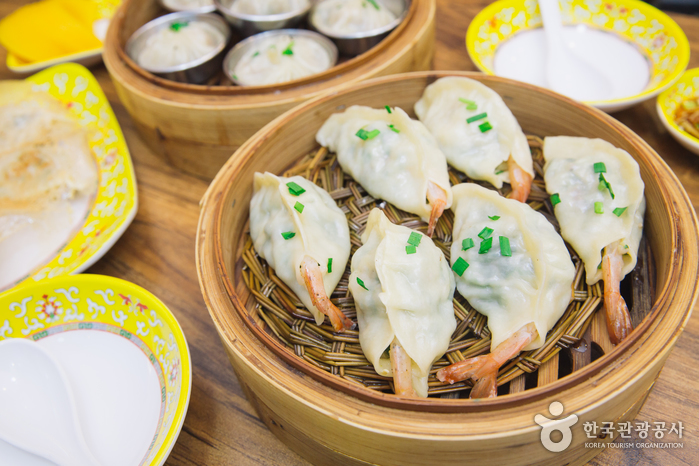

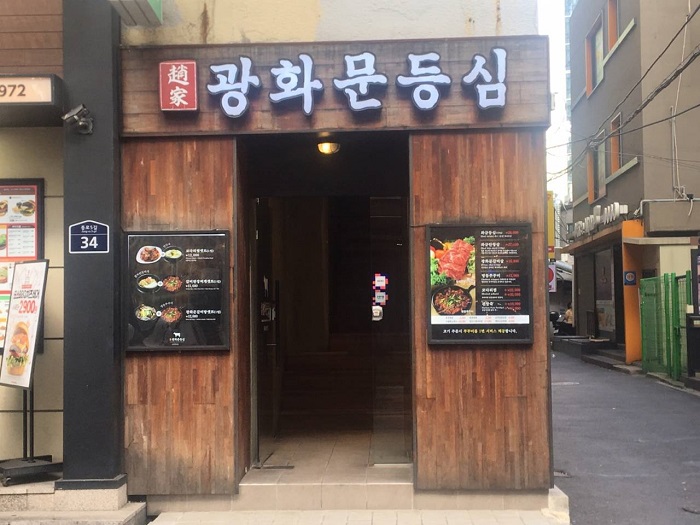
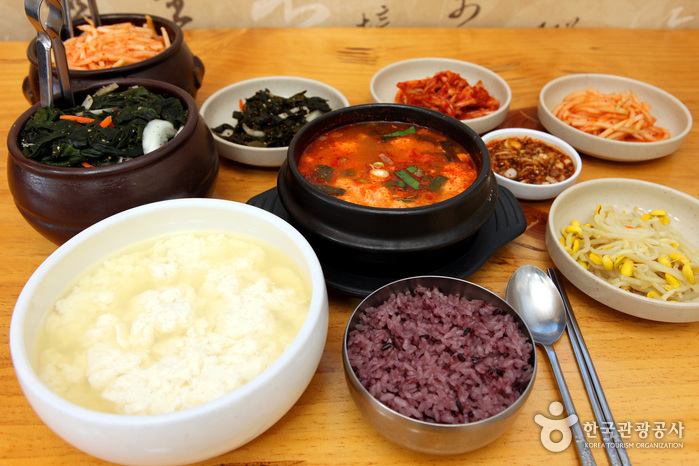
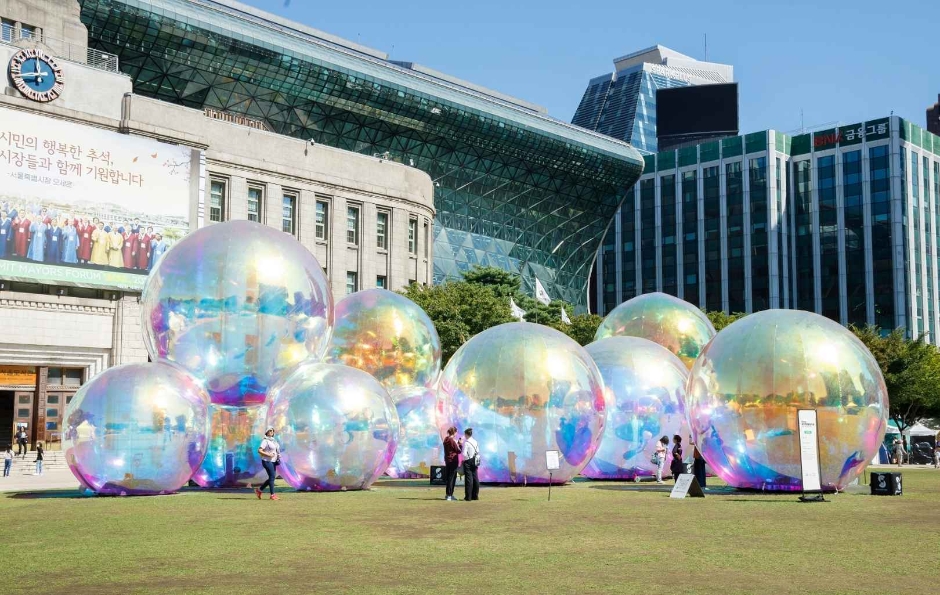
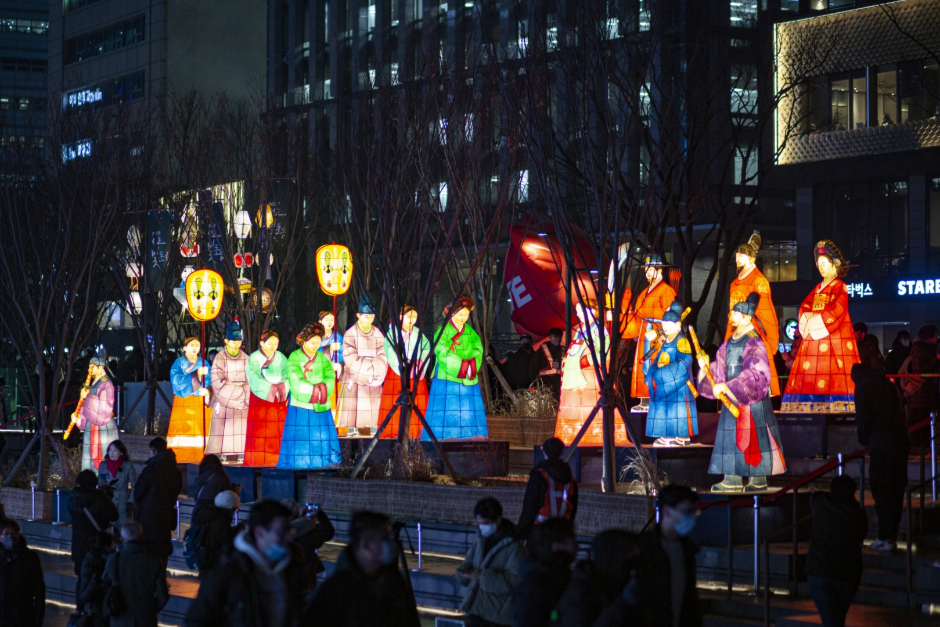
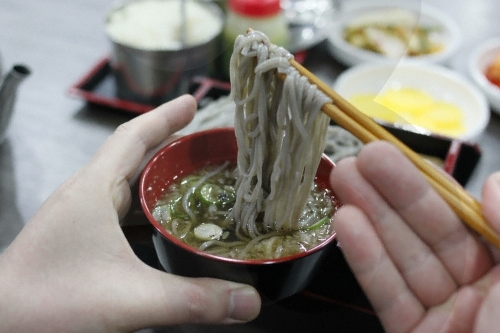
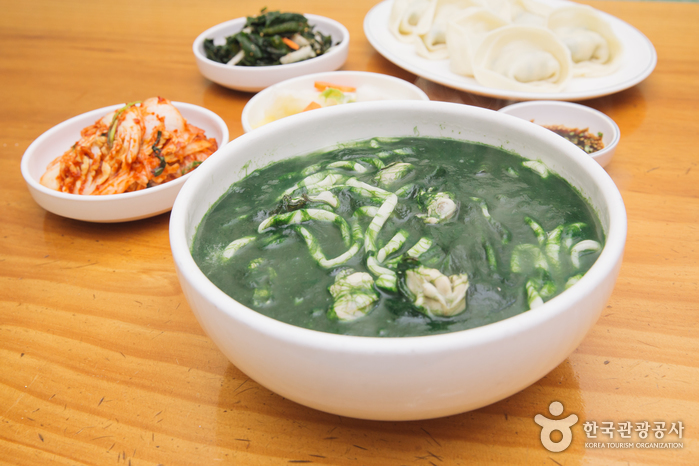
 Español
Español
 한국어
한국어 English
English 日本語
日本語 中文(简体)
中文(简体) Deutsch
Deutsch Français
Français Русский
Русский